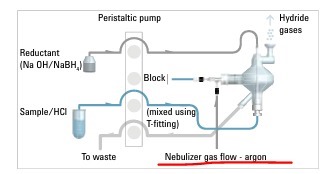Hi everyone
I would like to know if anyone in the community knows of the existence of an application note for the determination of As in water with an mp-aes 4210 or if they could send me some help with the methodology.
Thank you in advance for your ideas!

